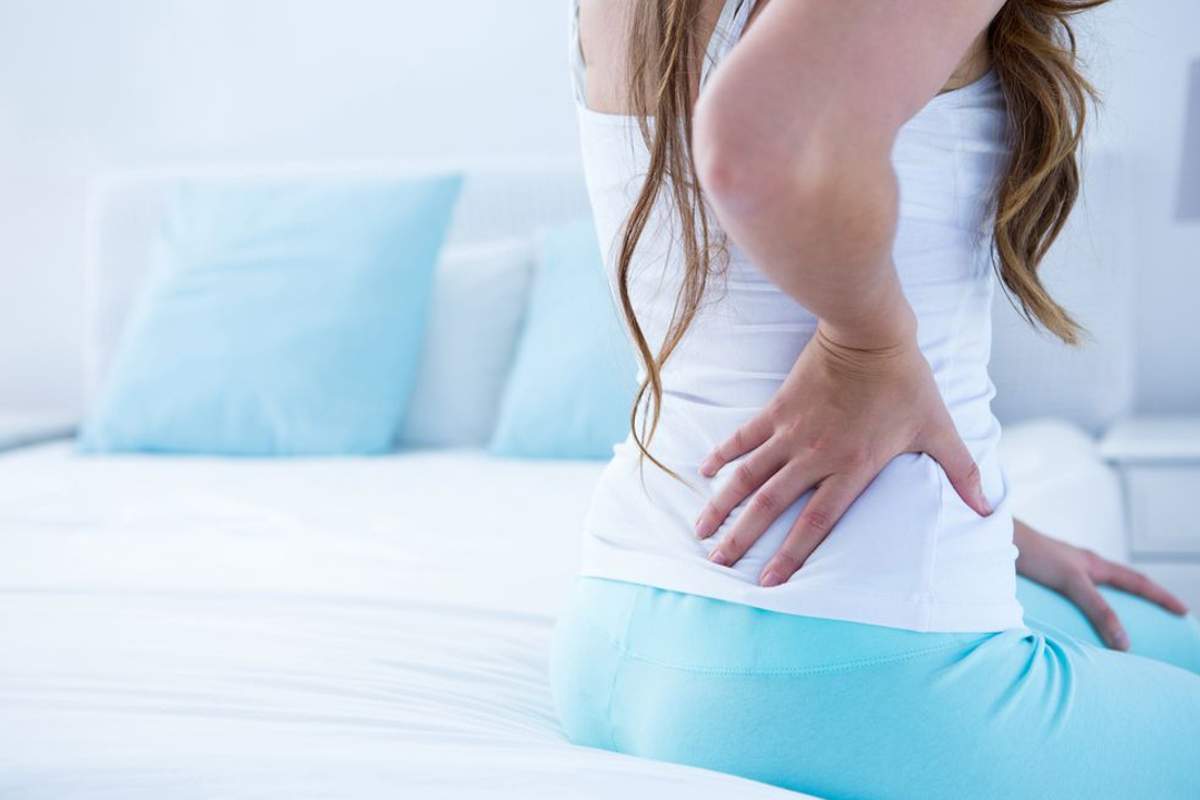Lower Back Pain and Pregnancy

Being pregnant is the most enjoyable experience of a woman’s life. It is also one of the hardest on her body, specifically on her back. Pregnancy can wreak havoc with your body, causing hemorrhoids, varicose veins, and constant nausea. You might also find yourself stretching and moving around to ease the pain in your lower back.
Why are You Having Lower Back Pain?
First, as you endure your pregnancy your uterus grows and shifts causing your abdominal muscles to weaken. That is why you are constantly changing your posture and because of that, your back is getting weaker. The expansion of your hips and uterus may also cause lower back pain by pressing on a nerve. The extra weight of a baby and all of its accouterments of it means that your body is working overtime in all respects. That is why your back will hurt worse at the end of the day because your joints are constantly stressed.
The hormonal changes that you are experiencing make your joints looser so that your body can have a normal delivery. This process loosens all of the ligaments near your pelvic area. It also causes you to have pain in that area and in your lower back when you walk, sit down and stand. When you move in bed, you may still experience the pain and often, almost every movement can cause the back and pelvic area to experience a dull ache.
Causes of Lower Back Pain
- Pregnancy causes the uterus to stretch.
- Abdominal muscles weaken.
- Joints are stretching and loosening.
Back pain during pregnancy is very common and in some cases, after pregnancy, it may disappear. For some women, if they had an issue with lower back pain before they became pregnant, then they may have aggravated pain when pregnant. This could cause the lower back to become even more traumatized and you may not recover. The help of a great chiropractor, coupled with exercises to boost your abdominal strength can certainly help with this.
Types of lower back pain
Many women experience lower back pain in the lumbar region and thus it can hamper a day. Lumbar pain is nagging and is something people sometimes also experience prior to pregnancy. It can be caused by trauma to the spine from a car accident or other injury. You feel this pain all over your spine and it rolls around the back. This pain can also run through your legs. It can seriously cause your day to become harder to navigate especially if you are pregnant and still working. Lifting, standing, pushing, and sitting for long periods of time may cause your back much pain.
Pain can seem to come for no reason, causing you to have to move constantly. In most cases, it seems to become aggravated no matter what you do. There are many ways to treat lower back pain.
Differences between Lumbar Pain and Pelvic Pain
- Pelvic pain is caused by the loosened joint in the area.
- Lumbar pain can exist prior to pregnancy and is a result of hormonal changes, coupled with the stress that the body is enduring.
Treating Lower Back Pain
Even if the pain seems unbearable, there are ways to treat it. When you consult a chiropractor, they most likely will issue you a series of exercises. First, try to strengthen your muscles by performing simple exercises. The abdominal area is very weak and needs support. This should be the first step. Next, check stretching exercises that will ensure that you softly stretch your joints. A great place to go is the local YMCA. Swimming is always a great option for exercise. It is low impact which is exactly what you need when you are pregnant. Walking is another low-impact way to stretch and strengthen your core areas. Lumbar pain can be eased by pelvic tilts and low-impact leg lifts. Exercise routines need to be adjusted when pregnant because your body is going through extreme changes.
Ways to Treat Lower Back Pain
- Exercise slowly
- Strengthen your core abdominal muscles.
- Work out in a pool
- Low impact yoga
There are many ways to exercise when pregnant, just try to make sure that you keep it low-impact and are totally aware of how your body feels. Many chiropractors offer a great amount of help including massage, yoga, and acupuncture. Try to not push yourself farther than you can go and always consult a doctor before exercising.